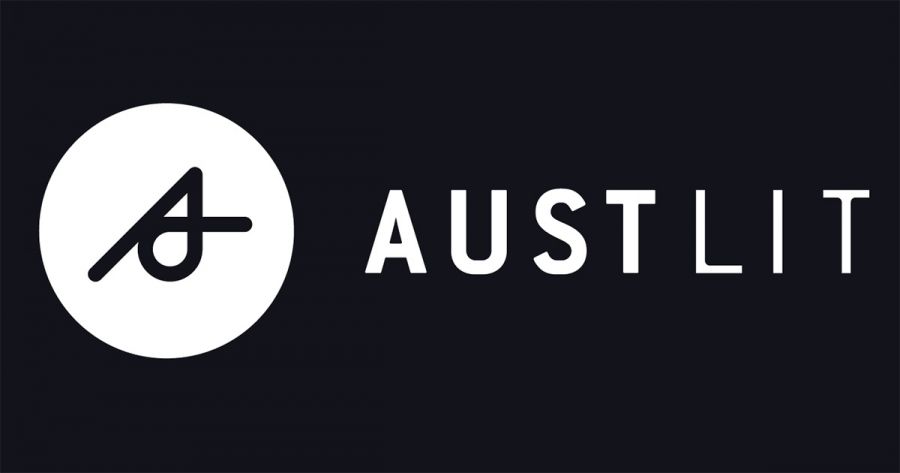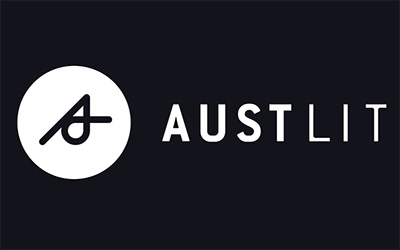
- Free Article: No
- Contents Category: Commentary
- Custom Article Title: Information and transformation: The continuing expansion of AustLit
- Review Article: No
- Article Title: Information and transformation
- Article Subtitle: The continuing expansion of AustLit
- Online Only: No
- Custom Highlight Text:
Say, you’re a school teacher in the Kimberley region of Western Australia, and you’re looking for a play for your class to perform that is set in Broome. Or maybe you’re a crime writer playing with the idea of writing a novel set in Sydney and want to check out what other crime novels have been set there. Perhaps you just found out that your great aunt once wrote a series of poems, and you want to know more. It could even be that you’re an author wanting to find the reviews of your latest short story collection. All this, and more, can be found in AustLit. Scholars of Australian literature know how valuable AustLit has been for over two decades, but anyone with an interest in Australian literary culture will find something worth exploring in Australia’s national literary database. AustLit will not only answer your questions, it will surely inspire more.
- Featured Image (400px * 250px):

- Alt Tag (Featured Image): ‘Information and transformation: The continuing expansion of AustLit’ by Maggie Nolan
In addition to work records, AustLit hosts an ever-expanding range of curated datasets, research projects, teaching resources and analyses, including our most significant dataset, BlackWords, a record of Aboriginal and Torres Strait Islander storytelling that was launched at the State Library of Queensland in 2007 by Uncle Sam Watson, with Dr Jackie Huggins. Wiradjuri author Professor Anita Heiss was the first coordinator of BlackWords and she remains one of AustLit’s greatest champions. In 2021, AustLit celebrated its twentieth anniversary of going online; in March 2023 it hit its millionth work record, fittingly, with Alexis Wright’s magisterial novel Praiseworthy.
In the early years, AustLit was awarded a number of Australian Research Council (ARC) grants to build the database and integrate datasets, and for many years it was led by a consortium of universities. Now it is housed at the University of Queensland, in the School of Communications and Arts, but AustLit is the result of the labours of a huge number of individuals and many institutions. All the data in AustLit has been manually entered by human indexers and decisions are made every day about what and how to index works of literature.
AustLit is unique in the world. No other country has even attempted to map its literature in this way. A combination of substantial investment and the recent origins of publishing in Australia means that Australia now has the ‘most comprehensive online bibliographical archive of a national literature’ (Bode) anywhere in the world. The focus of AustLit has been on building the technical and intellectual research infrastructure to support scholarship in Australian literary studies. This is more complex than it may appear. Australian literature is not something out there waiting to be discovered with big data. The definitions of both Australian and literature shift over time, and AustLit has been a key player in constructing the category of Australian literature, both enabling and shaping the discipline. Not everyone is comfortable with the idea that the literary, the creative, and the scholarly can be understood and explored with and as data, but, as Katherine Hayles has argued,
Rather than natural enemies, narrative and database are more appropriately seen as natural symbionts. Symbionts are organisms of different species that have a mutually beneficial relation … Because database can construct relational juxtapositions but is helpless to interpret or explain them, it needs narrative to make its results meaningful. Narrative, for its part, needs database in the computationally intensive culture of the new millennium to enhance its cultural authority and test the generality of its insights.
This is not an argument for big data and computational approaches as being truer or more objective forms of knowledge production, or even better approaches to literary analysis, but it is an argument for forms of cultural analysis that enable broad and networked cultural and historical perspectives that have the potential to open up ways of conceptualising, visualising, and disseminating the Australian literary field.
This work is already happening. AustLit is a partner of choice for scholars in the field of Australian literary studies such as the ground-breaking Australian literary history, Reading by Numbers: Recalibrating the literary field, by Katherine Bode, a renowned Computational Literary Studies Professor based at ANU. Her book drew upon AustLit data to rethink our understanding of Australian literary history. We are currently collaborating with a number of scholars who have been awarded ARC grants for their projects, including Millicent Weber’s ARC DECRA (Discovery Early Career Researcher Award) project on audiobooks and digital book culture, based at ANU; Daozhi Xu’s DECRA on Chinese Australian Writing on Indigenous Country at Macquarie University; Jessica White’s discovery project on ‘Finding Australia’s disabled authors’ (University of South Australia), and my own collaborative ARC-funded Discovery project – with Ronan McDonald (University of Melbourne) and Katherine Bode – on Irishness in Australian literature. These research partnerships cement AustLit’s place as national research infrastructure and as an asset that both enables research and builds on it.
These are also projects that are only possible in digital research environments. They make use of AustLit’s extensive quantitative data and computational methods to ask new kinds of questions about the Australian literary field. We don’t yet know what answers will emerge from their projects. These projects – and the many more to come, I hope – don’t just ‘use’ the data. By asking questions of it, by finding its limitations, by experimenting with what’s possible, they are also able to transform the data – to enhance it or to challenge it. And because AustLit is digital and online and constantly updated, the data is also fluid. Any conclusions that researchers might draw are themselves provisional until new questions are asked that generate new forms of knowledge that in turn produce more data which leads to different conclusions.
AustLit pays for its modest team of a content manager, computer programmer and indexer with subscriptions, which have ensured AustLit’s sustainability over decades in the face of the vagaries of shifting governmental and institutional priorities. At the same time, we are working to make AustLit as accessible as possible to everyone – scholars, librarians, teachers, writers, critics, readers – who wants to make the most of it. Building partnerships is key, and the one we have just begun with Australian Book Review is a model for how we might proceed going forward. Together, ABR and AustLit are creating direct links from AustLit records to hundreds – and eventually thousands – of relevant ABR articles that have been digitised, making this important historical work accessible at the click of a button.
Although the tertiary and arts sectors are still struggling in the post-Covid era, there are some positive signs of change. The review of the ARC and the Universities Accord report, suggest an appetite for reflection and perhaps even transformation, and the federally funded Australian Research Data Commons (ARDC) is thinking proactively about what data and research infrastructure in the humanities might look like. At the same time, the federal government’s national cultural policy, Revive, might have been written for AustLit. Its five pillars – First Nations First, A Place for Every Story, The Centrality of the Artist, Strong Cultural Infrastructure, and Engaging the Audience – speak directly to AustLit’s broader agenda of being a place not only where readers, writers, and scholars can inform and transform each other, but also one where much wider digital networks and technologies make it possible for stories to be shared, revised, challenged, rewritten, and retained.
AustLit has shaped the discipline of literary studies in Australia and it has so much more to offer. I am excited about what theories and ideas might emerge - or be challenged - from new ways of engaging with the data. AustLit has the capacity to produce relational forms of literary enquiry and data-rich digital analyses that conceive of Australian literature within broad networks of meaning that will continue to transform how we value and understand Australian storytelling.



Comments powered by CComment